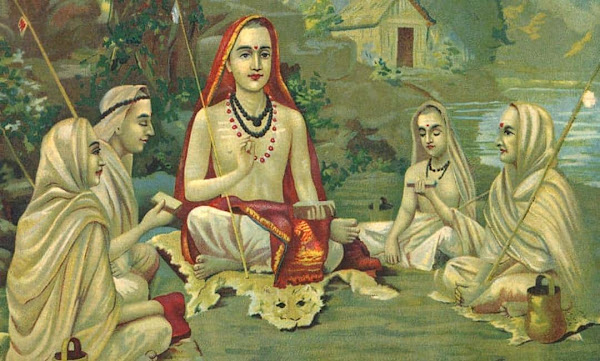Anatomy of WISDOM
The unique and seemingly disparate elements of Ganesha's anatomy are not accidental but are rich with symbolic meaning, offering a profound roadmap for spiritual and worldly wisdom. Each part of his body represents a different aspect of a balanced and enlightened life.
The Elephant Head: The Pinnacle of Wisdom
- Big Head: The large head of an elephant symbolizes the ability to "think big" and to have a vast, all-encompassing intellect. It represents wisdom, knowledge, and the capacity for deep understanding.
- Large Ears: These are a constant reminder to "listen more, speak less." They symbolize the importance of active listening, absorbing information from all sources, and being open to new ideas without prejudice.
- Small Mouth: In contrast to his ears, Ganesha's small mouth signifies the need to speak only when necessary and with great thought and care. It teaches us to conserve our words and to use them for good.
- Single Tusk (Ekadanta): The broken tusk is one of Ganesha's most famous features. It symbolizes the ability to retain the good and discard the bad. It represents sacrifice, a willingness to give up something of value (like the tusk used to write the Mahabharata) for the greater good of a higher purpose. It also signifies single-minded devotion and focus.
The Trunk: Adaptability and Intelligence-The elephant's trunk is a versatile tool capable of both immense strength and delicate precision. This symbolizes the perfect balance between knowledge (Jnana Shakti) and action (Karma Shakti). It teaches that true wisdom is not just theoretical but must be applied with flexibility and skill in the world.
The Potbelly: The Container of Life's Experiences-Ganesha's large belly represents his ability to "digest" all of life's experiences—the good and the bad, the pleasant and the painful. It symbolizes acceptance, contentment, and the peaceful assimilation of all that life offers without being disturbed by its ups and downs. It is also said to contain the entire universe, signifying his cosmic nature.
The Mouse (Mushak): The Subtlety of Wisdom-Ganesha's vehicle is a tiny mouse, a seemingly incongruous choice for a large deity. The mouse represents the ego, which is small, restless, and can nibble away at one's peace of mind. Ganesha riding the mouse signifies his mastery over the ego and his ability to control and guide it. It also symbolizes that even the smallest creature, when guided by divine wisdom, can overcome immense obstacles.
The Four Arms: The Four Aspects of Inner Self-Each of Ganesha's four arms represents one of the four inner attributes of the subtle body: mind (Manas), intellect (Buddhi), ego (Ahamkara), and conditioned consciousness (Chitta). Ganesha is the pure consciousness that allows these four attributes to function
The Goad (Ankusha): Represents the sharp intellect that can cut through illusion and attachments.
The Noose (Pasha): Symbolizes the power to restrain and remove obstacles and to pull devotees closer to the spiritual path.
The Modak (Sweet): Held as a reward for spiritual effort and a symbol of the ultimate bliss of self-realization.
The Broken Tusk: Represents sacrifice for the higher-good. In essence, Ganesha's body is a cosmic blueprint for human life. He teaches that true wisdom is a blend of intellect, a discerning mind, emotional resilience, and the mastery of one's own ego, all of which lead to a life of purpose and peace.




Comments
Post a Comment